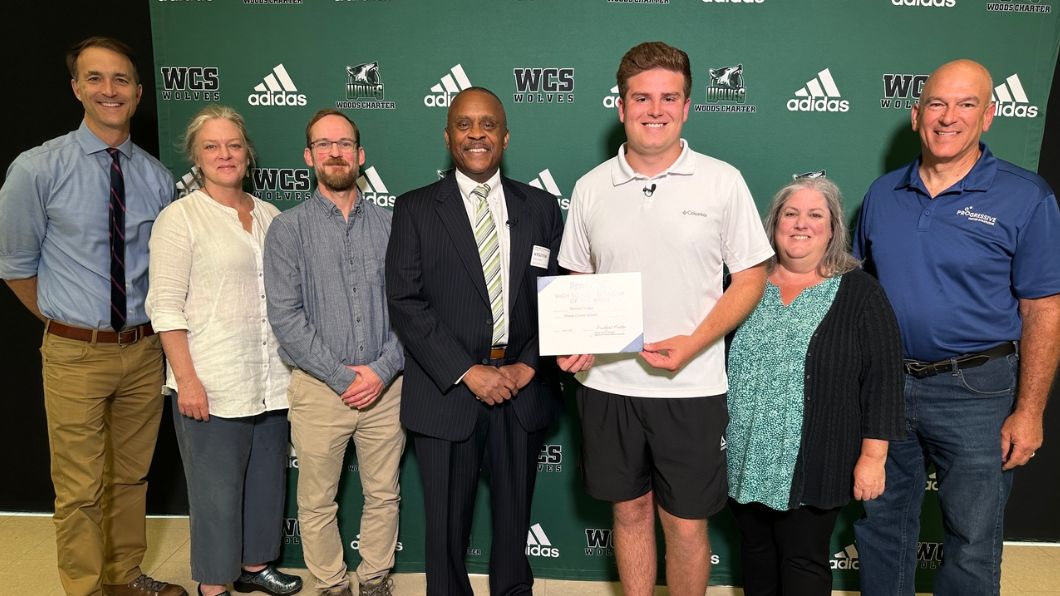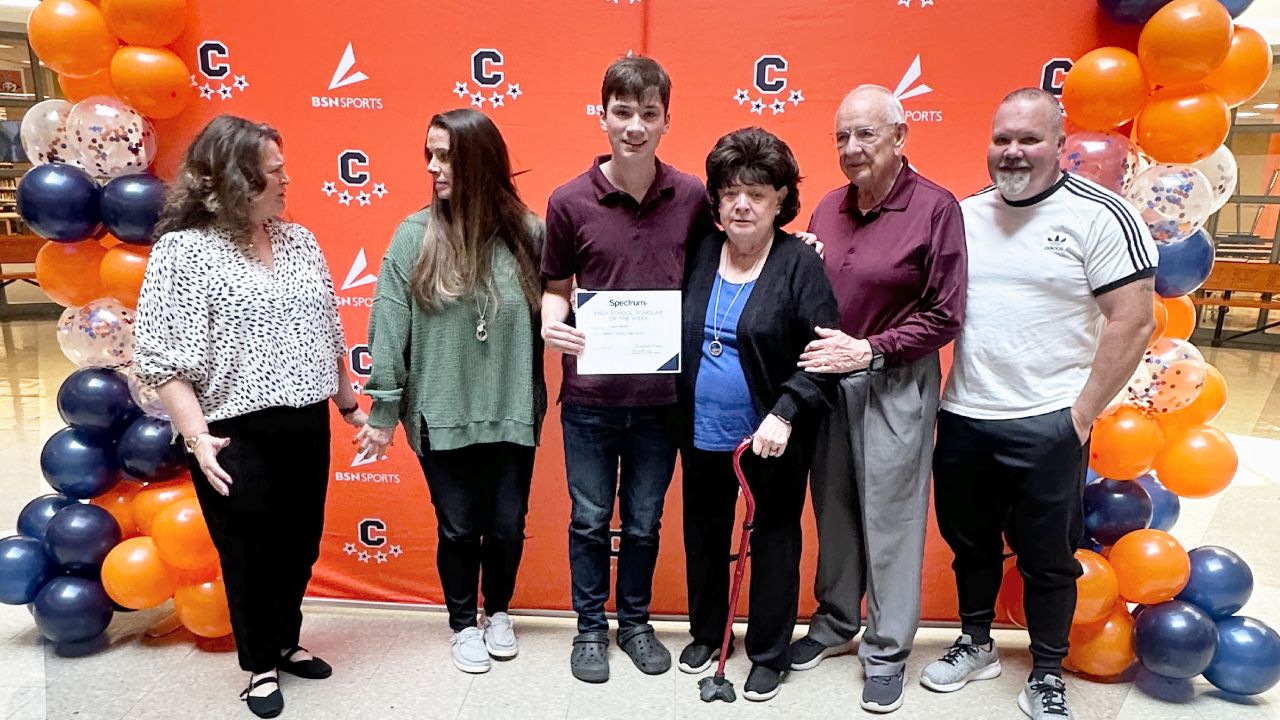NORTH CAROLINA — Science tourism is connecting learning and travel from the coast to the mountains, bringing billions of dollars to the state’s economy and inspiring minds of all ages.
When planning vacations or day trips, North Carolina has many options to visit, including dozens of state parks, gardens, science centers, museums and the state zoo. These locations are deemed as science tourism, bringing revenue to the local economy and providing an educational experience.
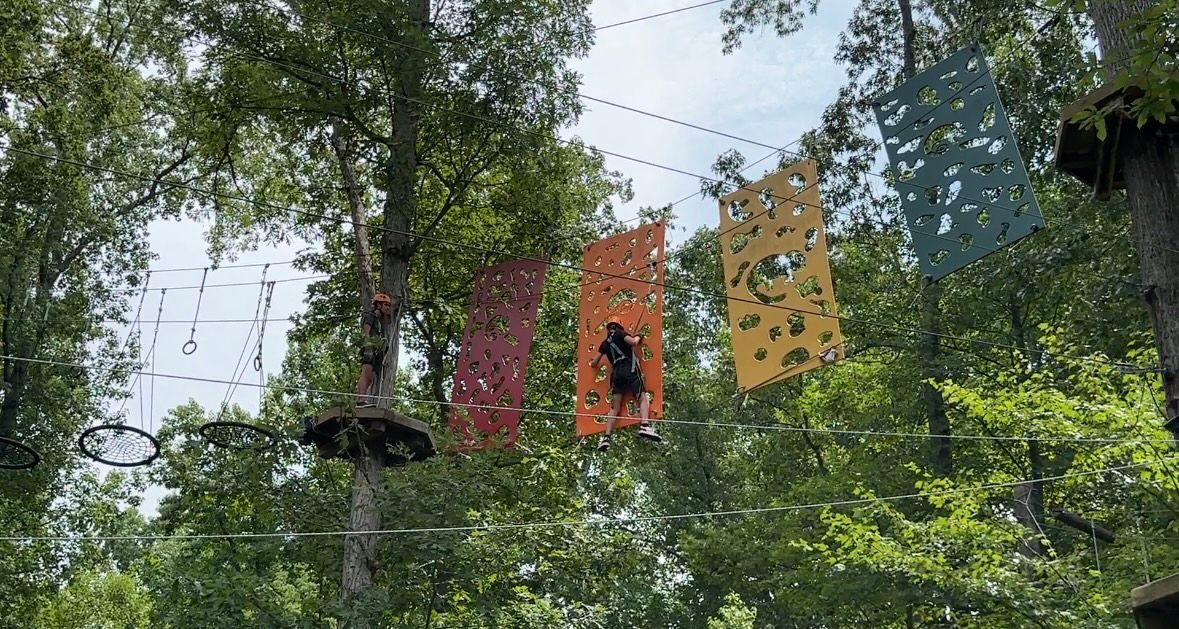
“I believe in science for kids and families. I grew up at the creek, turning over rocks. And I was that kid, that nerd kid who loved seeing what life was around me,” said Glenn Dobrogosz, the executive director of the Greensboro Science Center.
Dobrogosz said the true learning happens when guests use their imagination, go through the scientific process to get to a conclusion and most importantly ask why. It's the backbone of science tourism.
“Science tourism is really people that want to go to science-based places like science museums, zoos and aquariums. That's why we exist. We are places that exceed all professional sports, football, basketball and baseball combined. People love the stuff,” Dobrogosz said.
It is estimated the Greensboro Science Center brings in an estimated $100,000 a year to the local economy with over half a million visitors annually that gather to see dinosaurs, the Spectrum News 1 Extreme Weather Gallery, touch tanks, animals from around the world, butterflies, Skywild aerial adventure park and more.
Interest is only expected to increase with the creation of the Greensboro Science Center’s Expedition Rainforest: the Greensboro Biodome.
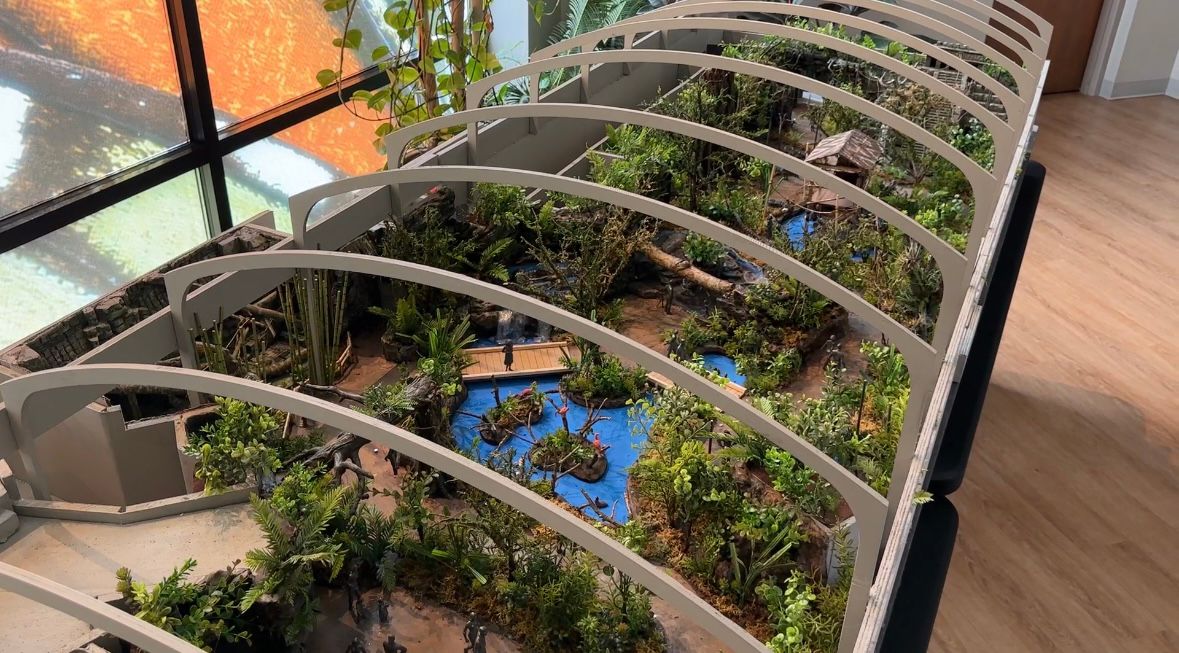
It will be a one-of-a-kind experience, bringing guests into the rainforest with new animals, habitats and 3D experiences over a football field in length and stories that that will replace the current location of the Discovery House.
“Who can come to one facility and see an aquarium, a science museum, a zoo and a biodome? That's very rare,” Dobrogosz said.
The Greensboro Science Center is just one stop on the North Carolina Science Trail, a project launched last year to inspire exploration of the state's scientific landscape to understand the science around us, its process and appreciation of everyday lives.
The trail, run by the nonprofit In Situ Explorers, has 100 current locations visitors can travel to to learn more about science, including the Greensboro Science Center and the Kaleideum Children’s Museum in Winston-Salem, along with a calendar of events.
“Everybody's museum is going to be different, and so you're going to get different skills at each one. You're going to get different activities in each one. And I think if you can build that love in them as they're little, I think that that goes with them as they get older,” said Shari Brady, the vice president of education and engagement at the Kaleideum.
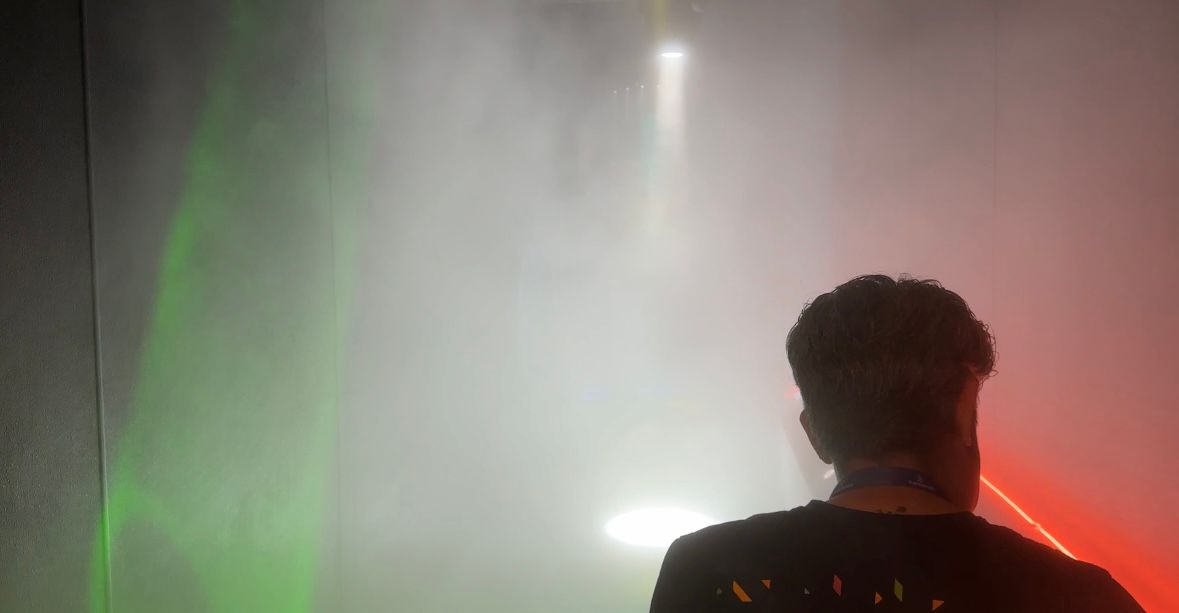
The Kaleideum Children’s Museum recently opened at its new location in Winston-Salem in February of this year with over 100,000 guests from 45 states, Puerto Rico, Canada and Australia in a few months.
“Play is important, and play is what gives us that security to be able to try again and not be afraid of failure, that it's fun while you're doing it, but you're also learning how to function in the real world,” Brady said.
In North Carolina in 2021, around 44.4 million person-trips were taken in North Carolina with around 90% of people traveling by car according to Visit NC’s visitor profile.
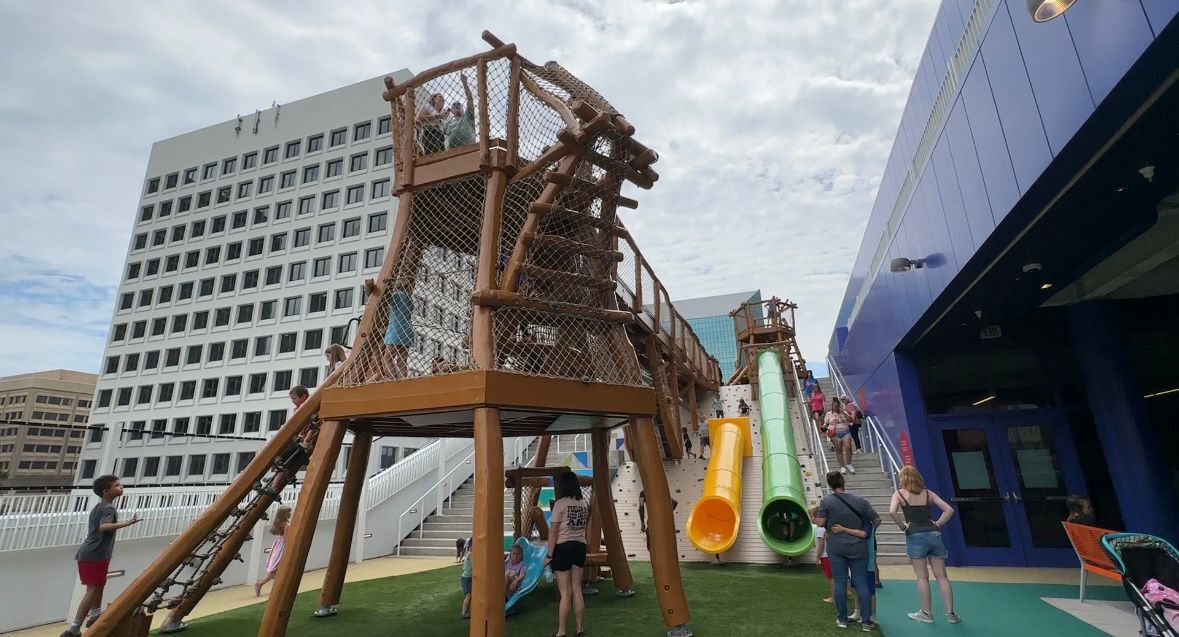
The North Carolina Science Trail brings visitors to locations such as the North Carolina Zoo, which celebrated its 30 millionth visitor this year, while introducing families to smaller locations, including the Vollis Simpson Whirligig Park in Wilson or a SciEd program and state parks like Carvers Creek.
“We really try to encourage play in an all ages and in all areas that we want to show people that learning about science, learning about all kinds of things can be fun. It doesn't have to just be the, 'oh, I’ve got to study,' that you can have fun and you can learn a lot of things while you're here,” Brady said.
The Kaleideum’s Digital Dome, a two-story outside play area, water play rooms and more, is open to all ages and its new Kaleideum After Dark, kid-free events every second Saturday, bring in close to 1,000 adult visitors.







